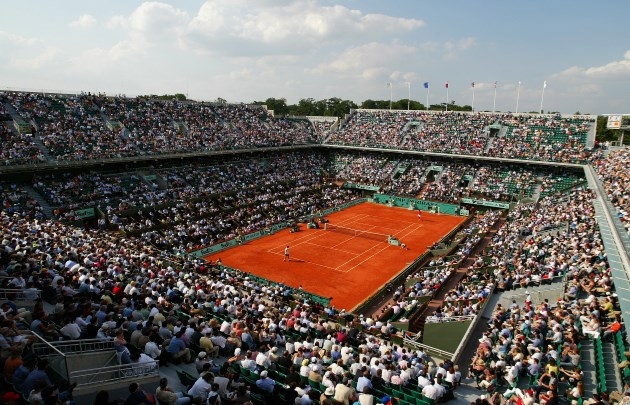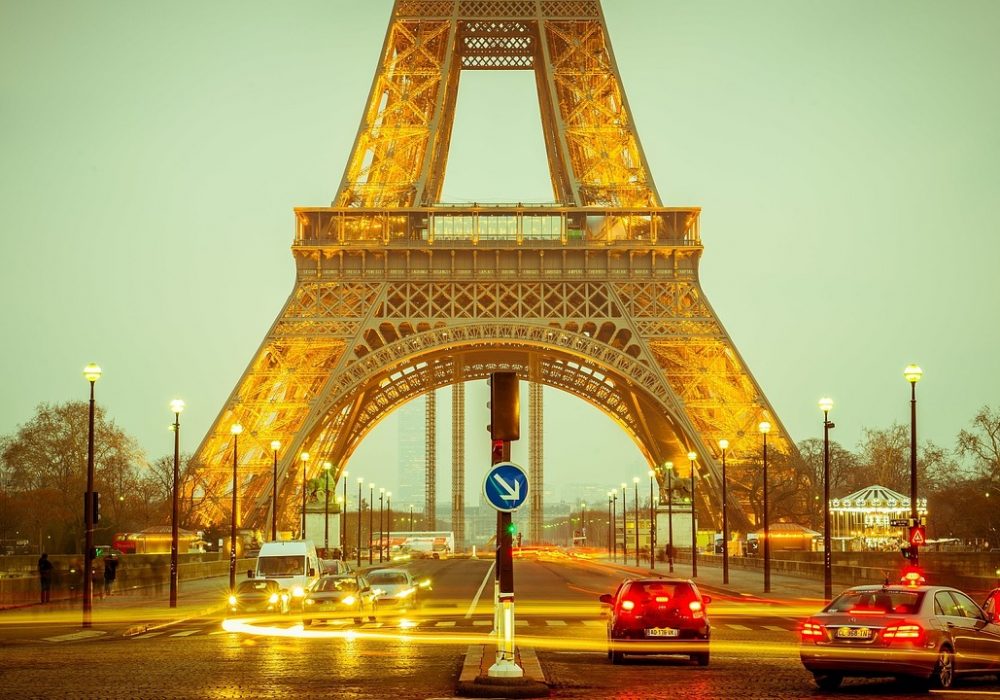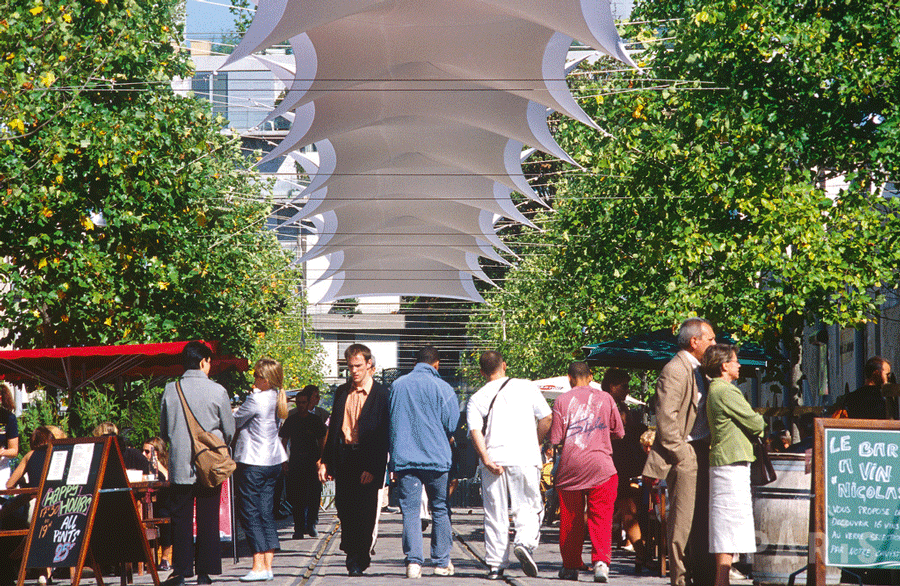St. Patrick’s Day is fast approaching since the famous Irish holiday takes place on Tuesday March 17th. What could be better than spending the evening in an Irish pub to rediscover the true Irish atmosphere? Aloha reveals its bars along with its favourite activities to spend a unique and unforgettable St. Patrick’s Day! Continue reading “Where to go out in Paris for St. Patrick’s Day?” »

Category: News
Palais de la découverte: exhibition on love
Valentine’s Day is fast approaching… For the occasion, Aloha is presenting an exquisite exhibition “Of love”, presented at the Palais de la découverte until August 30th 2020, questioning the mysterious feeling that is Love through scientific and artistic works. Continue reading “Palais de la découverte: exhibition on love” »
The history of the Paris metro (and unusual projects)

The Paris metro has nearly 303 metro stations and attracts nearly 1.5 billion passengers by year. Like the city of Paris, it has an history of which a man is originally “Fulgence Bienvenue”. Discover the history of the Paris metro from the 19th century to nowadays.
The beginnings of the Paris metro in the 19th century
In 1895, it was decided to build an urban network to connect the capital and to modernize it. Then, The project was entrusted to a man « Fulgence Bienvenue who became the technical manager of the project in 1898. The aim was to build by 1911 six subway lines.
The work caused a great upheaval for the Parisians who saw their city destructured by the latter.
Opening of line 1st at the beginning of the 20th century
It was in July 1900 that the first line of the Paris metro was opened, connecting Porte Maillot to Porte de Vincennes. It had then three months late but attracted from the start around 4 million people. Fulgace Bienvenue will direct the creation of new subway lines until 1932 (he is at that time 80 years old!) And died in 1936.
The metro line Montparnasse Bienvenue then takes its name in memory.
The metro during the Occupation (1940-1944)
During the occupation some subway lines are reduced and some are completely stopped. This is the case for lines 6, 11, 14 and 2, while others such as 13 and 4, for example, operate entirely. At that time, there were 85 open stations on 332. At the end of the Occupation, the Parisian subway was bombed.
During the year 1946 the traffic reached 1 billion 500 million travelers!
The existing lines are gradually extended from 1970 to nowadays. This is the case of line 3 which extends from Gambetta to Gallieni or for the line 4 which extends from Porte de Vanves to Montrouge.
For more historical information, visit unjourdeplusaparis.com
History of the Paris metro
Fête de la musique in Paris

For the last 35 years in France, the 21st June is not just the longest day of the year but also the day of the fête de la musique. This “festival of music” is no ordinary festival. Created in France in 1982, it has been taken up by neighbouring countries where it has been just as successful. Music takes over the city’s streets, with live bands, singers, amateur musicians, drummers, DJs and so on scattered throughout the city, expressing themselves through music and inviting the crowd to enjoy themselves.
For its 35th edition, the Fête de la Musique fills the streets with music on the theme ‘music is more powerful than’. Well-known and upcoming artists fill streets, museums, gardens, bars, restaurants and churches in Paris and play all types of music for the public. A snapshot of not-to-be-missed concerts for this 2016 edition:
- The Saint Eustache 36-hour festival
- Orchestre de Paris at the Pyramide du Louvre
- Oriental rock at the Musée d’Art et d’Histoire du Judaïsme
- Electro party at Montmartre
Source : Parisinfo.com
Paris welcomes in the summer to the sound of music ! See the full programme on the website of the Ministère de la Culture et de la Communication : culturecommunication.gouv.fr
Night of museums

An event established over ten years ago, on the third Saturday in May French museums open their doors to visitors for free, staying open late into the evening.
Museums and quite particularly museums of France, on the occasion of this night, open to all the artistic practices through which the visitors make up(compose) the route(course) of their choice(selection). They were two millions last year to take advantage of numerous animations which were so proposed to them: projections, visit in the flashlight(torch), the treasure hunts, the shows, the concerts, etc. Organised by the Ministry of Culture and Communication, this event aims to make culture more accessible to all.
During this one special night, you can visit or revisit the top museums in the French capital, such as the Louvre, Musée d’Orsay, or Centre Pompidou, or be surprised by the Arts and Metiers Museum, the Decorative Arts Museum or the Palais de la Découverte (Palace of Discovery). This popular event also takes place in some thirty European countries. A long and fruitful night lies ahead…
Source : Parisinfo.com and Nuitdesmusees.culturecommunication.gouv.fr
Program
May : 10 activities to do in Paris

– From 2 to 14 May : Design enthusiasts will be making their way this month to D’Days. Exhibitions, workshops, discussions and so on over this 12 day period.
– The 81st edition of the ice hockey world championship kicks off on 5 May, with 64 matches to be played by 16 countries attempting to wrest victory from the 2016 champion, Canada.
– 18 to 21 May : The food fair Taste of Paris, which sets up its stall in the nave of the Grand Palais. There will be a host of tasting sessions, chats with chefs and culinary events to enjoy.
– 20 May : The European Night of museums – An opportunity to enjoy specially created afterhours events in a hundred-odd museums across the Ile de France region.
– 22 May to 11 June : Roland garros at Porte d’Auteuil. Last year, Serbian player Novak Djokovic finaly won his first French Open title. Will he manage it again this yeah ?
– 20 and 21 : The legendary Grand Steeple-Chase of Paris, with 23 obstacles to be cleared at the Auteuil Racecourse.
– The young Canadian pop sensation Shawn Mendes in concert at AccorHotels Arena.
– 25 May is the Africa Day : L’Afrique des routes exhibition ( open until November) at Museum Quai Branly.
– On 27 May, see out the month in style by heading to the Stade de France for the French Cup football final 2017.
– In late May, at the Musée du quai Branly – Jacques Chirac, set sail for Oceania and drop anchorr in New Zealand with La Pierre sacrée des Maoris.
Planning your visit to the Eiffel Tower

23The Effeil Tower, the world most visited monument will have no secret for you thanks to the official visitor guide application for iPhone & iPad. Continue reading “Planning your visit to the Eiffel Tower” »
April in Paris

In April we have something for everyone! From the smallest to the biggest, from the art enthusiasts to the great sportsmen, they will find all their account. The programming for this month of April is vast and Easter will be the opportunity to do a real treasure hunt throughout Paris ! Continue reading “April in Paris” »
March : Events in Paris

Springtime is back to Paris. This is the perfect opportunity to take a short visit of the March activities and events. Numerous exhibitions are planned. That’s the right time to discover some of Paris must see events. Continue reading “March : Events in Paris” »